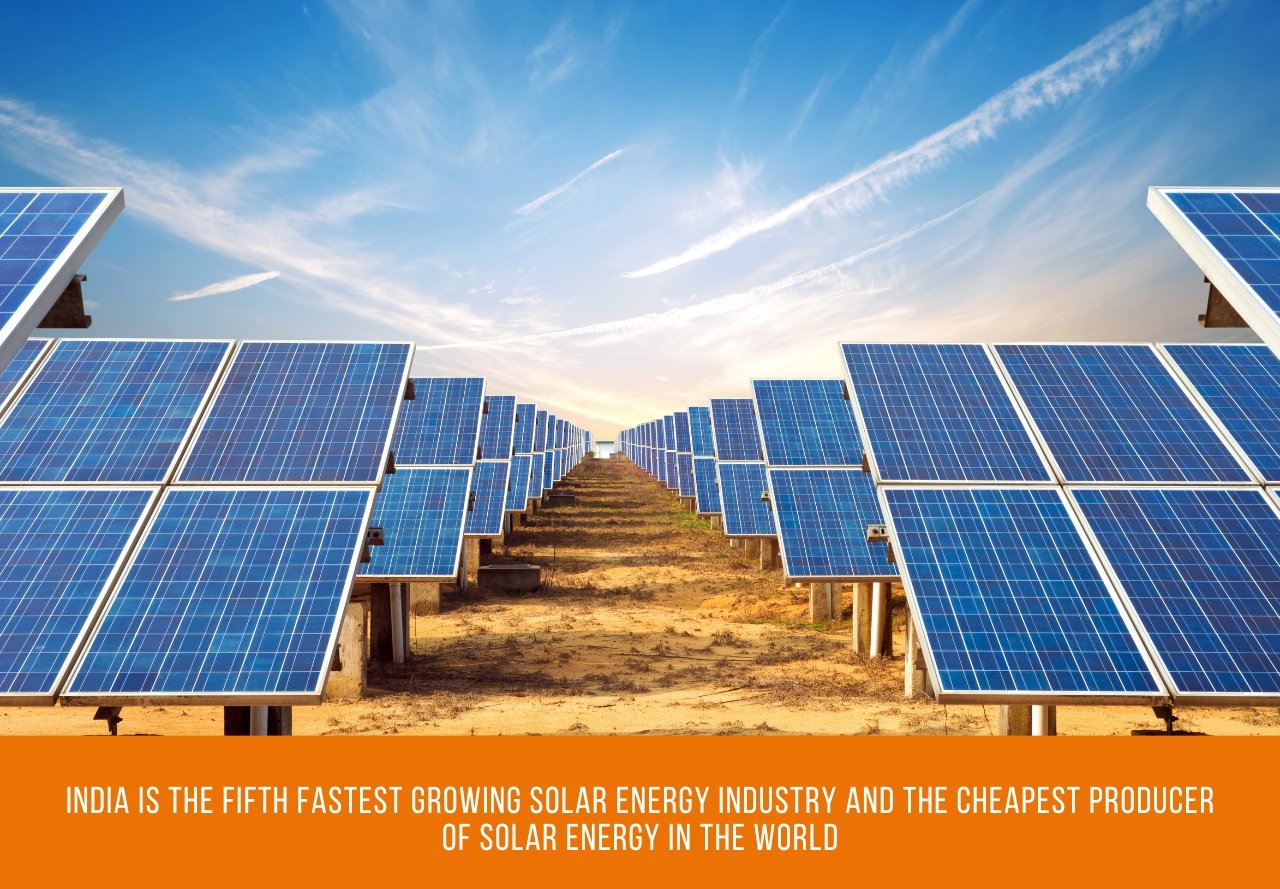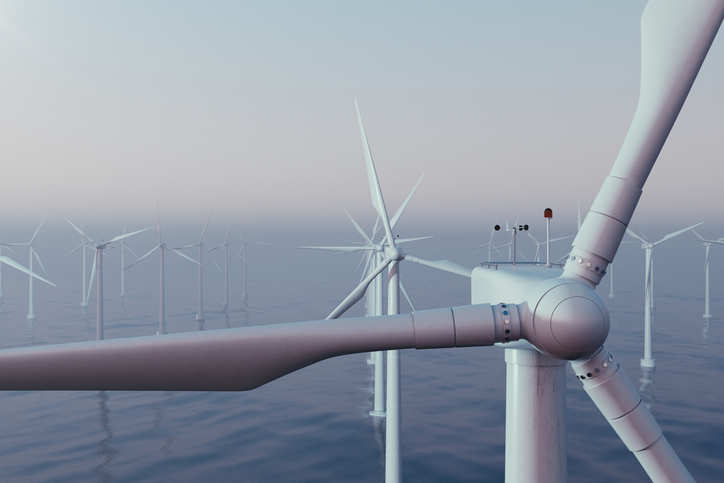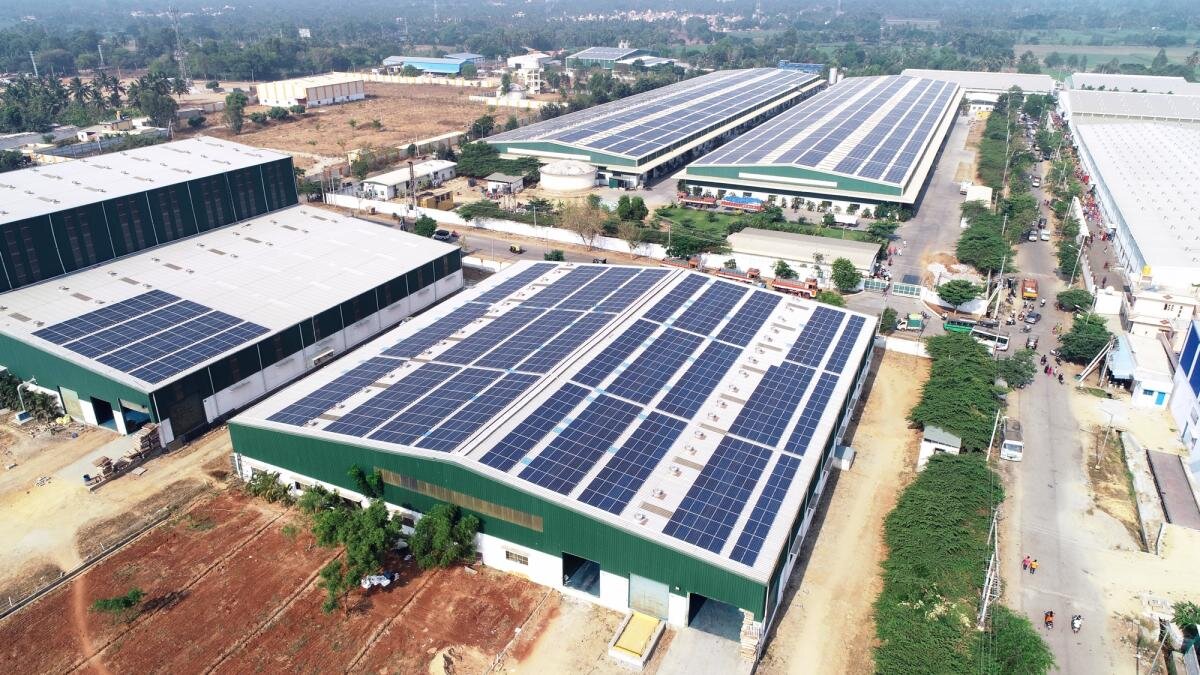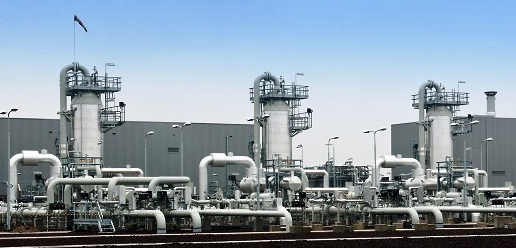Energy and utilities in India
A comprehensive and stable energy network is not yet a reality in India. A large proportion of the population is still not connected to the grid and there are power cuts on an almost daily basis. The Indian energy sector is one of the most diversified in the world, with a mix of power generation methods. It uses conventional sources such as coal, natural gas, oil and nuclear power and non-conventional sources such as wind, solar, hydro, municipal waste and biomass. The Indian government's aim to run India entirely on clean energy has resulted in a major transformation of the energy industry. The infrastructure is being renovated and investments are being made in green energy sources such as wind and solar power.
The Indian government recognizes the need for private investment in the sector. Hence, many initiatives have been taken, including the introduction of numerous incentive schemes to promote investment. The Indian government has set itself ambitious goals for the next decade. For example, the country wants to reduce its carbon emissions 45 percent by the end of the decade, get 50 percent of its total electricity production from renewable energy sources by 2030 and achieve zero carbon emissions by 2070. This creates interesting opportunities for companies in the energy sector, also because the country's rapid and sustained economic growth is increasing the demand for energy.
Market statistics on energy and utilities sector in India
India aims to have 500 GW of electricity capacity from clean sources by 2030, of which about 280 GW should come from solar power. According to India's energy minister, India's total generation capacity in February 2023 was 412.21 GW, of which about 100 GW was from clean sources.
India has the second highest wind power generation capacity in Asia after China.
India is the fifth fastest growing solar energy industry and is the cheapest producer of solar energy in the world.
India ranks fourth globally in terms of renewable energy generation. For the next five years, the government has allocated $42 billion for innovation in and scale-up of the energy sector.
India received a score of 89.4 points in the World Bank's 2019 Easy of Doing Business - Getting Electricity survey. This examines how easy it is to get connected to the electricity grid as a new business and measures the reliability of supply, transparency of tariffs and the price of electricity. By comparison, Denmark received a score of 90.2.
Growth of India's energy and utilities sectors
The energy sector has an investment potential of USD 225 billion over the next five years.
India ranks third globally in terms of renewable energy targets.
There are government plans to realize "Power for All" through special schemes that provide low-income and rural households with free or heavily subsidized connection to the grid. Thus, the Indian government wants to build a 100 percent coverage network.
In addition, the Indian government has released $1.3 billion for 60 so-called solar cities, which are 50 solar parks of 40 GW.
Under the Green Energy Corridor program, the Indian government plans to build 12,600km of interstate and intrastate transmission lines.
The major players in the energy and utilities sector in India
National energy and utility companies in India
Torrent Power
BSES
Tata Power
ReGen Powertech
NHPC
NPCIL
NTPC
J-W Energy
Reliance Power
Adani Power
Damodar Valley Corp.
Haryana Power Generation
Punjab State Power
RRB Energy
Urjas Energy Solutions
Suzlon
JSW Energy
International energy and utility companies in India
GE Power
Panasonic Energy
Shell
ABB
SunEdison
Vestas Group
Enercon
CLP Group
Interesting investment opportunities
The Indian government has announced that it will set up 5 GW of offshore wind projects by 2022 and 30 GW by 2030 as part of its "National Policy for Offshore Wind Energy" to attract significant investment for the growth of India's offshore wind sector.
The "Grid Connected Solar Roof Top Program" targets a total capacity of 40 GW of Rooftop Solar (RTS) projects by 2022. The initiative will be implemented by DISCOMs with a total central financial contribution of INR 11,814 crore.
One of the key criteria for the expansion of new and renewable energy is research, development and demonstration (RD&D). The Ministry of New and Renewable Energy (MNRE) encourages research and development to develop new and renewable energy technologies, processes, materials, components, subsystems, products and services, standards and resource evaluations to enable new and renewable energy systems and devices to be produced locally.
Do you have a specific question about opportunities for your company or product in the Indian energy sector?












